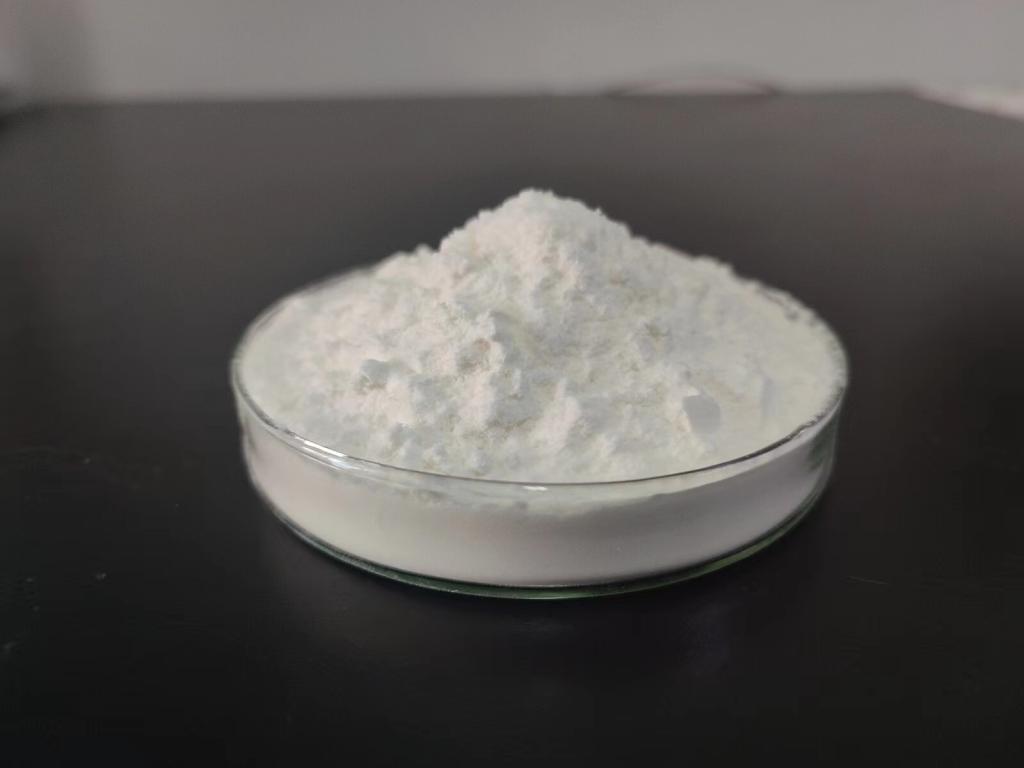Tel:+8618231198596

News
 CONTACT
CONTACT
 CONTACT
CONTACT
- Linkman:Linda Yao
- Tel: +8618231198596
- Email:linda.yao@dcpharma.cn
- Linkman:CHARLES.WANG
- Department:Overseas
- Tel: 0086 0311-85537378 0086 0311-85539701
News
Current Position:
Home >
News
>ε-Polylysine hydrochloride's role in ensuring food safety during food processing.
ε-Polylysine hydrochloride's role in ensuring food safety during food processing.
TIME:2024-05-16
Mechanisms of Action:
ε-Polylysine hydrochloride exerts its antimicrobial activity primarily by disrupting the integrity of microbial cell membranes. As a cationic polypeptide, ε-polylysine hydrochloride binds to the negatively charged phospholipids present in bacterial and fungal cell membranes, leading to membrane destabilization and permeabilization. This disruption results in leakage of intracellular contents, loss of membrane potential, and ultimately, cell death. Due to its broad-spectrum antimicrobial activity, ε-polylysine hydrochloride is effective against a wide range of bacteria, yeasts, and molds commonly found in food products.
Applications in Food Processing:
Preservation of Meat and Poultry Products: ε-Polylysine hydrochloride can be used as a natural preservative in meat and poultry products to control spoilage microorganisms and extend shelf life. By incorporating ε-polylysine hydrochloride into meat marinades, brines, or coatings, microbial growth can be inhibited, reducing the risk of spoilage and improving product quality.
Preservation of Dairy Products: In dairy processing, ε-Polylysine hydrochloride can be added to milk, cheese, yogurt, and other dairy products to prevent microbial contamination and enhance shelf life. Its antimicrobial properties help inhibit the growth of spoilage bacteria and pathogens, ensuring product safety and quality throughout storage and distribution.
Preservation of Bakery Products: ε-Polylysine hydrochloride can also be used in the preservation of bakery products, such as bread, cakes, and pastries, to control mold growth and extend shelf life. By incorporating ε-polylysine hydrochloride into dough formulations or surface coatings, microbial contamination can be minimized, reducing the risk of mold spoilage and maintaining product freshness.
Regulatory Considerations:
In many countries, ε-Polylysine hydrochloride is approved as a food additive with established maximum residue limits (MRLs) for various food products. However, its use in specific food processing applications may be subject to regulatory approvals and considerations, particularly regarding maximum permitted levels, labeling requirements, and safety assessments. Manufacturers and processors interested in incorporating ε-Polylysine hydrochloride into food products should ensure compliance with relevant regulatory requirements and obtain necessary approvals before commercial use.
Benefits and Challenges:
Benefits:
Effective Microbial Control: ε-Polylysine hydrochloride provides effective control of spoilage microorganisms and pathogens, reducing the risk of foodborne illness and improving food safety.
Natural Origin: ε-Polylysine hydrochloride is derived from fermentation and is considered a natural antimicrobial compound, making it suitable for clean label and natural food formulations.
Extended Shelf Life: By inhibiting microbial growth, ε-Polylysine hydrochloride helps extend the shelf life of food products, reducing food waste and enhancing economic sustainability.
Challenges:
Formulation Optimization: The effectiveness of ε-Polylysine hydrochloride may vary depending on factors such as food matrix, pH, temperature, and processing conditions, necessitating formulation optimization and compatibility testing.
Consumer Acceptance: Consumer perception and acceptance of ε-Polylysine hydrochloride-treated foods may vary, requiring clear communication of its safety, benefits, and regulatory approval status to consumers.
Future Prospects:
The growing demand for safe, natural, and minimally processed foods has driven increased interest in ε-Polylysine hydrochloride as a food preservative. Future research and development efforts may focus on:
Optimization of Formulations: Developing innovative formulations and delivery systems to enhance the stability, efficacy, and compatibility of ε-Polylysine hydrochloride with different food matrices and processing conditions.
Regulatory Harmonization: Establishing harmonized regulatory frameworks for the use of ε-Polylysine hydrochloride in food processing, ensuring consistency and clarity in regulatory requirements across different regions and countries.
Integration with Other Preservation Techniques: Exploring synergistic interactions between ε-Polylysine hydrochloride and other preservation techniques, such as modified atmosphere packaging, irradiation, and high-pressure processing, to enhance overall microbial control and food safety.
Consumer Education and Communication: Educating consumers about the benefits of ε-Polylysine hydrochloride in ensuring food safety and quality, addressing any concerns or misconceptions, and promoting transparency in labeling and product information.
Conclusion:
ε-Polylysine hydrochloride plays a crucial role in ensuring food safety during food processing by effectively controlling microbial contamination and extending shelf life. Its broad-spectrum antimicrobial activity, natural origin, and safety profile make it a valuable tool for food manufacturers seeking safe and sustainable preservation solutions. With continued research, regulatory support, and industry adoption, ε-Polylysine hydrochloride has the potential to contribute to the production of safer, higher-quality foods, benefiting both consumers and the food industry as a whole.
- Tel:+8618231198596
- Whatsapp:18231198596
- Chat With Skype







